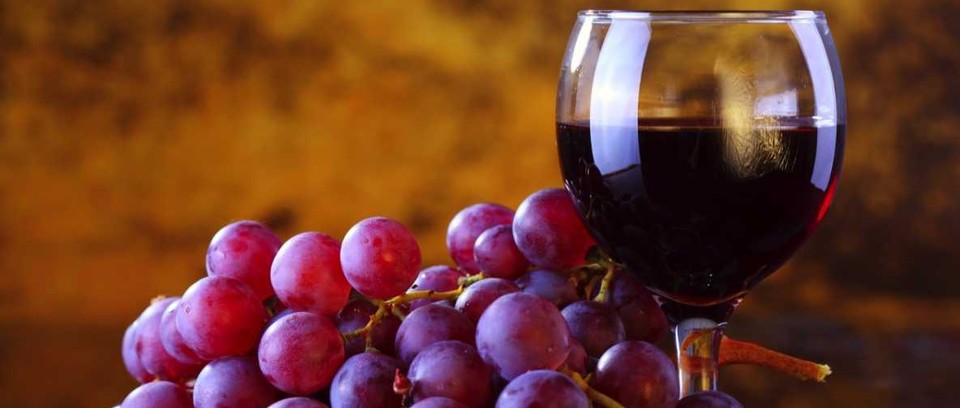
Making Wine at Home Has Never Been Easier
Wine is nothing more than liquid and fermented fruit. The recipe for the transformation into wine is in general the following:
- Pick a large quantity of ripe grapes from the vines. You could also use this procedure to ferment any type of fruit, such as raspberries or any other, but keep in mind that wine is made from grapes.
- 2.Place the grapes in a clean container that does not leak (airtight).
- 3. Crush the grapes in some way to release their juice. Formerly it was used to do with the feet.
- 4. Wait.
At its most basic, wine making is that simple. Once the grapes are crushed, the yeasts (tiny single-celled organisms that naturally inhabit the vineyard and therefore the grapes) come into contact with the sugar in the juice released from the grapes and gradually convert it into alcohol. Yeasts also produce carbon dioxide, which evaporates into the air. When they have finished their work, your juice will be wine, the sugar contained in the juice will have disappeared and, in its place, the alcohol will appear. The more ripe and sweet the grapes, the more alcohol the wine will have. This process is called: fermentation.
What Could Be More Natural?
Fermentation is a totally natural process that does not require any human involvement, except for placing the grapes in the container and releasing their juice. Fermentation also takes place in fruits, grains and in general wherever there is sugar.
Cider, for example, comes from the fermentation of apples, beer from different types of cereals (barley, wheat, etc.), bread from the fermentation of wheat flour, cheese from milk, etc.
Modern Twists on Wine Making

Nowadays, if all winemakers made wine the way we just described, we would always be drinking the same thing, and probably very, very acidic. In fact, in the past, to avoid this acidity, several methods were used, such as lowering the wine with water, or simply fermenting it partially, so that it maintains a higher proportion of sugar.
However, today’s winemakers have a lot of techniques, tricks, and technology, which makes wines have different flavors and are less acidic.
When making wine, the type of container used for the fermentation process can be controlled (stainless steel and wooden barrels are the main materials), as well as the size of the container, the temperature of the juice or juice during fermentation, the times, the use of additives (sulphites), etc. All of these choices can make a big difference to the taste of your wine.
In addition, after fermentation, you can choose how long the wine is allowed to mature and in what type of container.
The fermentation process can take three days or three months, and the wine can be aged from a few weeks to several years. Don’t consider becoming a winemaker if you are indecisive and have trouble making decisions.
The Principal Ingredient
Grapes, the raw material of wine, do not grow in a vacuum. The place in which they grow, the soil and climate of each wine region, as well as the traditions and especially the jobs of the people who care for the grapes (the winegrowers) affect the nature of the ripe grapes and consequently the taste of the wine.
Without a doubt, one of the most important factors when making a wine is the nature and the work of the raw material: the grapes. The grape is the main ingredient in wine, and everything the winegrower does, from the vineyard and the care of the grape, will affect the wine that we drink.
There you are! With these tips you now know how to make wine at home. What other products do you usually make at home? Share them with us in the comments below.
